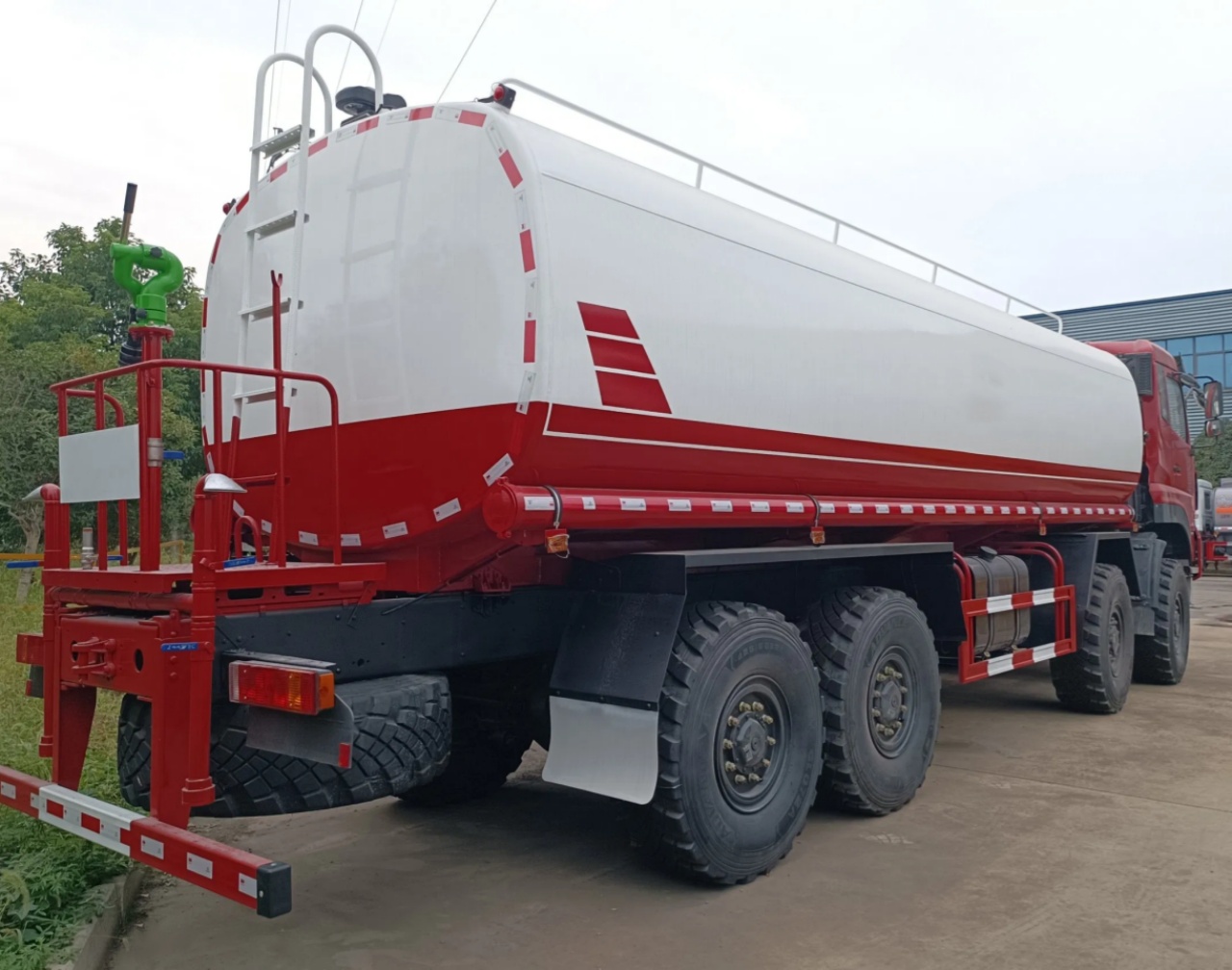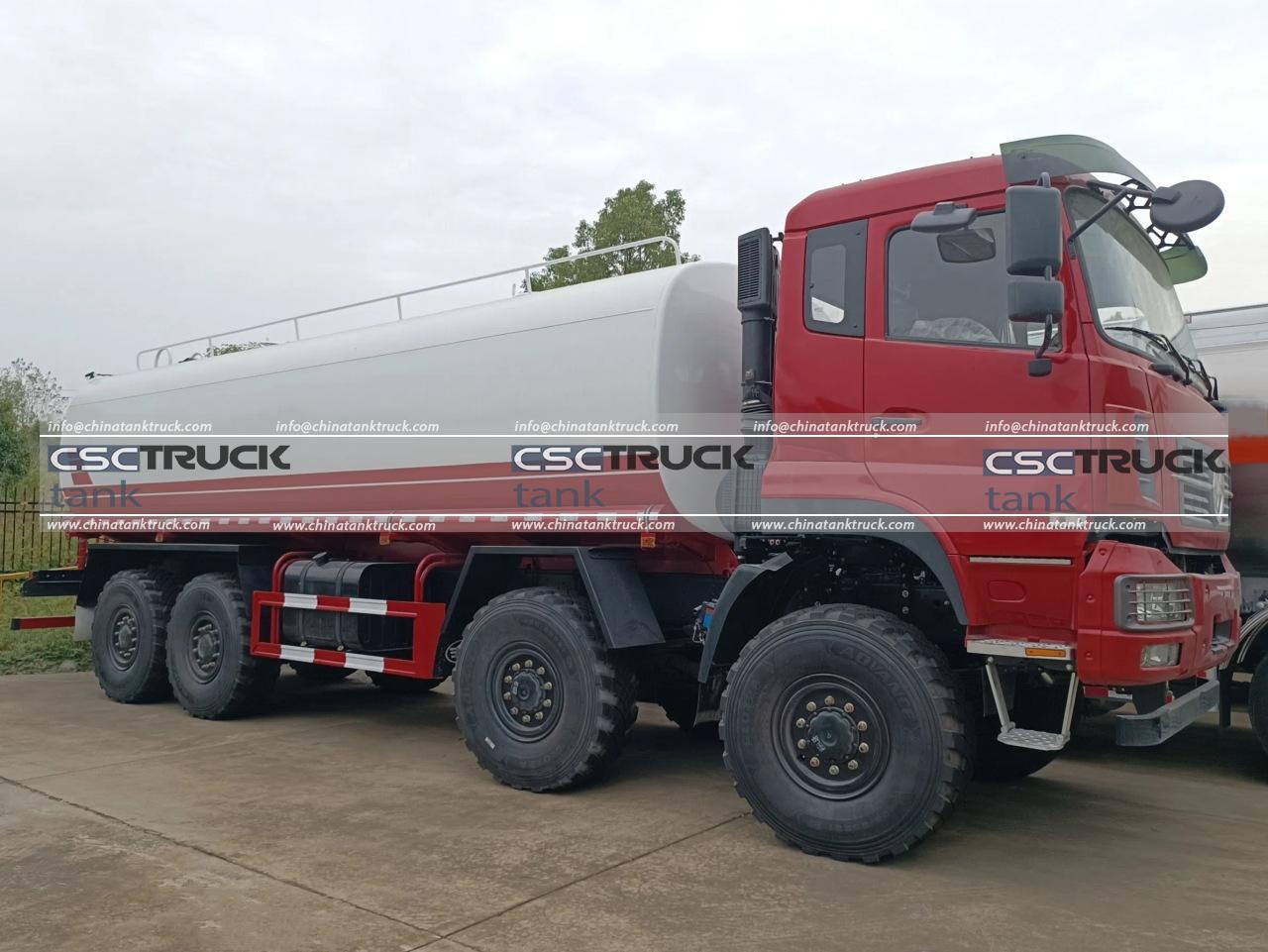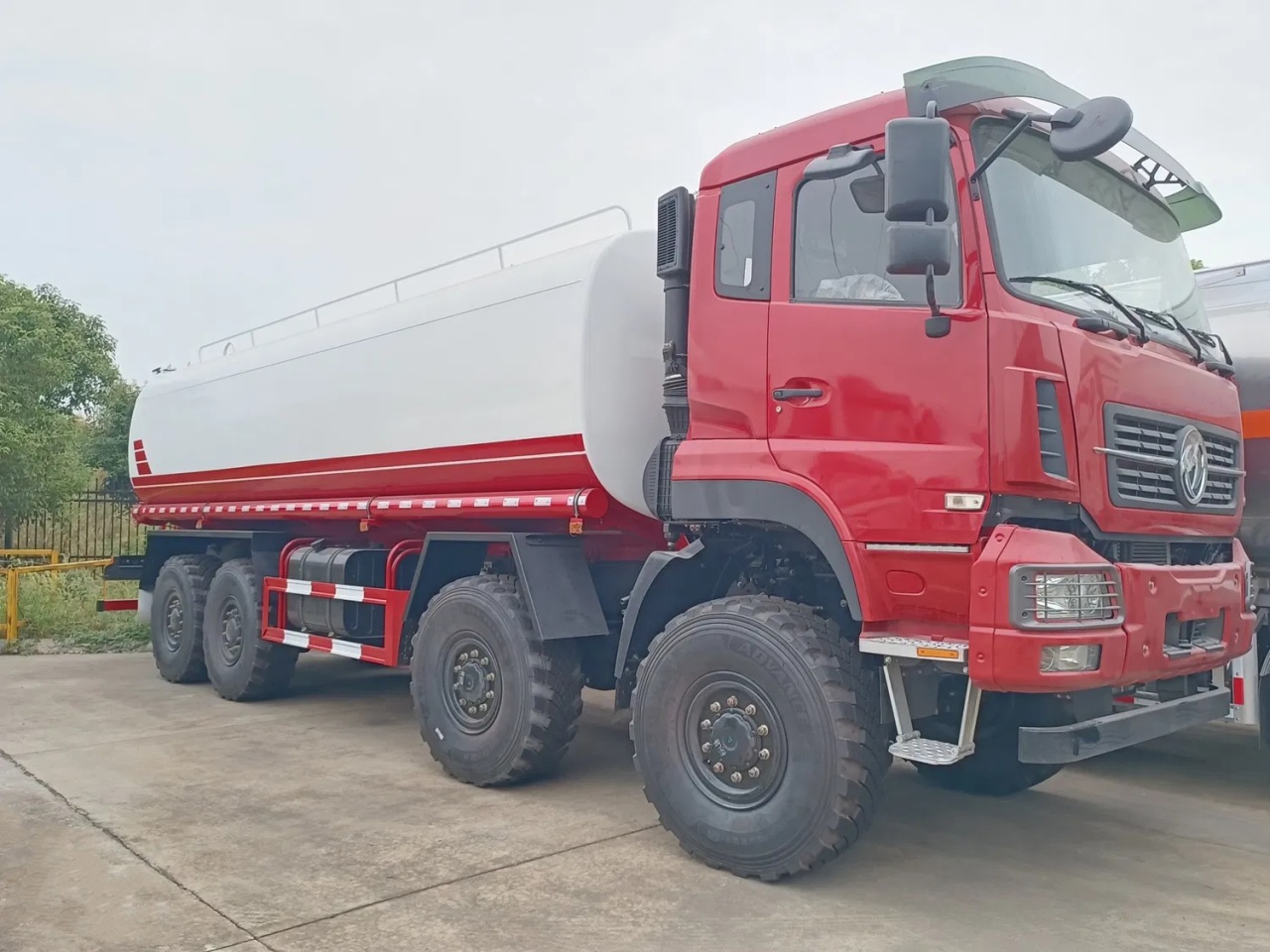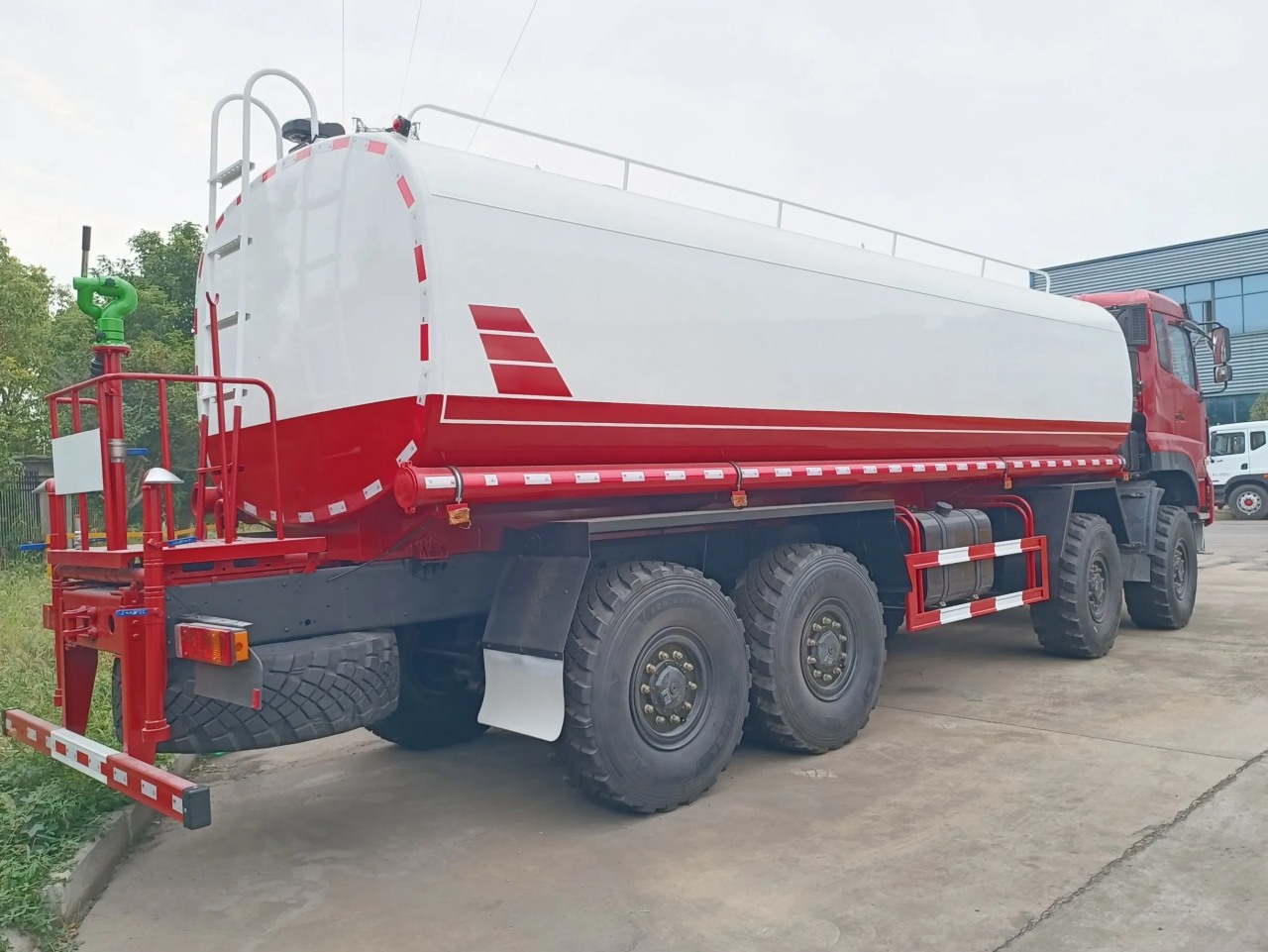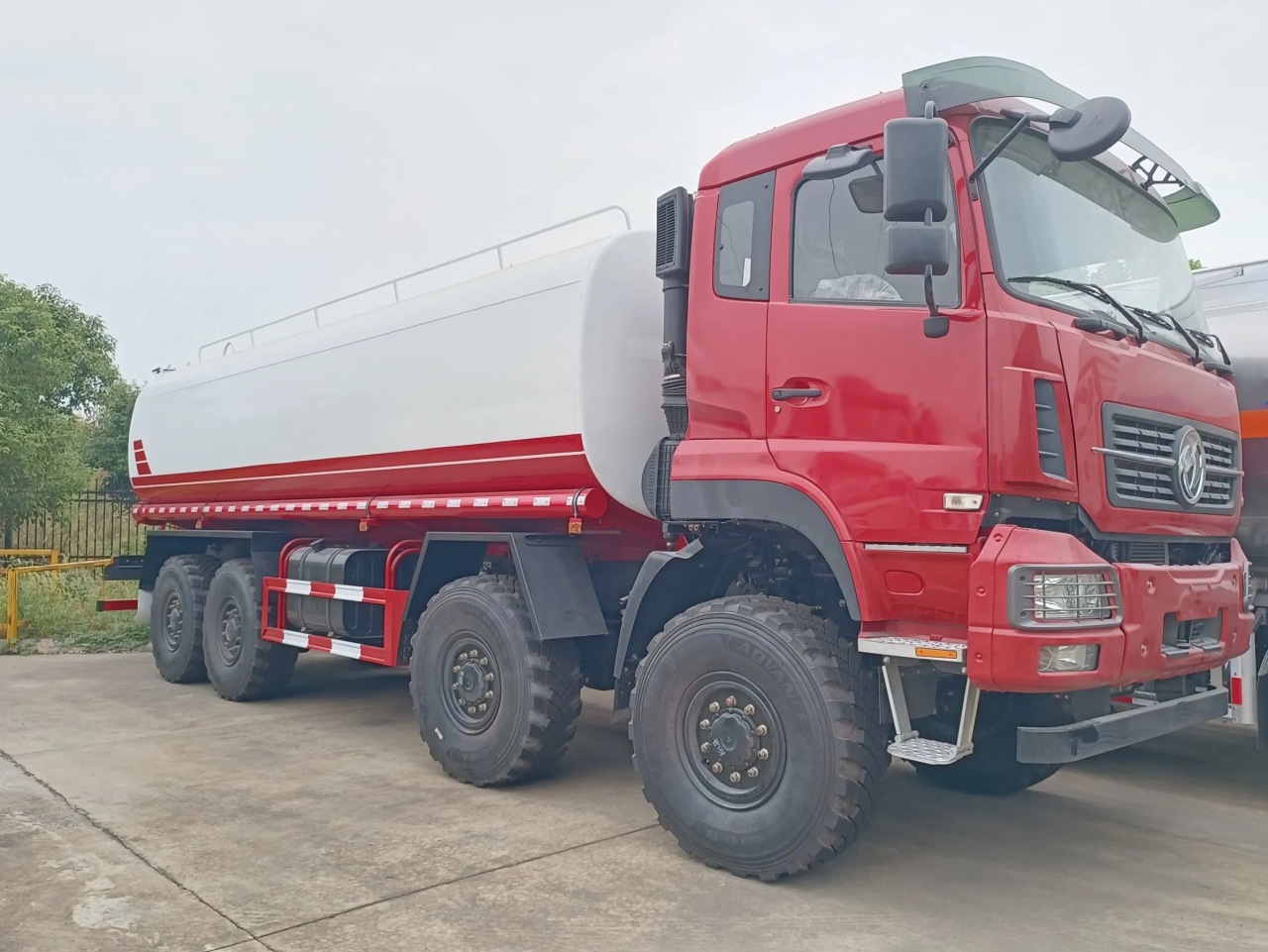Water trucks are specialized vehicles designed for transporting and distributing water. While their core function may sound simple—carrying and dispensing water—their roles span a wide range of industries and applications. From construction sites and agriculture to firefighting and municipal maintenance, water trucks are essential tools for managing water in locations where access is limited or controlled distribution is necessary. This article explores in detail what a water truck does, how it works, and the various scenarios in which it is used.
1. What is a Water Truck?
A water truck, also known as a water tanker or water bowser, is a vehicle equipped with a large tank (typically ranging from 2,000 to 10,000 gallons or more), a pump system, and spray nozzles. These trucks are designed to carry clean or non-potable water and distribute it efficiently. The tank is mounted on a truck chassis, and the onboard systems allow for controlled spraying, pouring, or high-pressure jetting.
The design and features of a water truck vary depending on its intended use. For instance, some models have advanced spray bars for dust control, while others might include hoses for irrigation or firefighting.
2. Key Components of a Water Truck
To understand what a water truck does, it’s essential to look at its main components:
- Water Tank: This is the most prominent feature. Tanks are usually made of steel, stainless steel, or polyethylene and are designed to withstand the weight and movement of large volumes of water.
- Pump System: A high-capacity water pump is used to load and discharge water. Some systems use PTO (power take-off) mechanisms from the truck’s engine, while others may have independent pumps.
- Spray Nozzles and Bars: These are installed at strategic locations (front, sides, rear) and control how the water is dispersed. Nozzles may be adjustable to control spray patterns and flow rates.
- Controls and Valves: Operators use valves and control panels to manage water flow, pressure, and direction.
- Hose Reels: Some water trucks are equipped with hoses for manual water application, useful in agriculture, firefighting, or washing operations.
3. Primary Uses of a Water Truck
Water trucks serve various functions across different industries. Below are the most common applications:
A. Dust Control
One of the most frequent uses of water trucks is controlling dust on construction sites, mining operations, and unpaved roads. Spraying water on dusty surfaces reduces airborne particles, which helps meet environmental regulations and improves air quality for workers and nearby communities.
B. Soil Compaction
On construction sites, especially in road building, compacting soil is crucial for creating stable foundations. Water trucks moisten the soil to help achieve optimal compaction. Proper moisture levels allow for better packing and reduce the risk of erosion or settlement.
C. Firefighting Support
In rural or remote areas without reliable hydrant systems, water trucks are essential for delivering water to firefighting operations. They may work alongside fire engines or act independently in wildfire control or prescribed burns. Some trucks are outfitted with specialized nozzles and can directly fight fires.
D. Agricultural Irrigation
Farmers use water trucks to irrigate fields, especially during droughts or in areas without permanent irrigation infrastructure. Water trucks are also used for transporting water to livestock.
E. Potable Water Delivery
In emergencies or during maintenance of municipal water systems, water trucks deliver clean drinking water to homes, camps, or businesses. These trucks must adhere to strict sanitation guidelines to ensure the water remains safe for consumption.
F. Street and Equipment Cleaning
Municipalities and contractors use water trucks to clean streets, sidewalks, and heavy machinery. High-pressure hoses and spray bars help wash away dirt, mud, and debris from public and industrial surfaces.
G. Event and Park Services
At festivals, construction of temporary parks, or landscaping projects, water trucks provide irrigation or dust control. They may also be used to fill ponds, pools, or decorative fountains.
4. How a Water Truck Operates
Operating a water truck involves more than just driving and spraying. Here’s a step-by-step look at a typical operation:
- Filling the Tank: Water is loaded through a fill port using municipal hydrants, wells, or reservoirs. The pump may assist in suction if drawing from a lower water source, like a pond.
- Transporting the Water: With the tank full, the truck transports the water to the desired location. Operators must consider the added weight and center of gravity, which affect vehicle handling.
- Distributing the Water: Once on-site, operators use controls to activate spray bars or hoses. They can adjust flow rates, spray angles, and coverage depending on the task.
- Refilling and Repeating: Depending on the job size, multiple trips may be necessary. The efficiency of the pump and the tank size greatly affect productivity.
5. Benefits of Using a Water Truck
- Efficiency: Water trucks deliver large volumes of water quickly and precisely where it’s needed.
- Mobility: They can reach remote or rugged terrains where pipelines or hydrants aren’t available.
- Versatility: With multiple attachments and configurations, a water truck can perform various tasks with minimal modifications.
- Environmental Control: Dust suppression and irrigation improve environmental safety and compliance.
6. Challenges and Considerations
Despite their benefits, using water trucks comes with challenges:
- Maintenance: Pumps, tanks, and nozzles must be maintained regularly to avoid breakdowns.
- Regulations: In potable water delivery, strict regulations govern tank cleanliness and water safety.
- Weight Management: A full water tank adds significant weight, requiring careful driving and load distribution.
- Water Source Access: Filling locations may be limited in some remote areas, requiring creative logistics.
7. Types of Water Trucks
Depending on the application, several types of water trucks are available:
- Off-Road Water Trucks: Designed for rugged terrains, these trucks are commonly used in mining and construction.
- On-Road Water Trucks: These comply with highway regulations and are used for municipal services and deliveries.
- Trailer-Mounted Units: These can be attached to different hauling vehicles and provide flexibility in transport.
Conclusion
A water truck is far more than just a vehicle carrying water. It is a multi-purpose utility tool that serves vital roles across various sectors. Whether it’s controlling dust on a hot summer day at a construction site, irrigating dry farmland, or delivering drinking water during a crisis, the water truck is an indispensable asset. Understanding its functions, features, and operations helps highlight its value in modern infrastructure, agriculture, and emergency services. As water scarcity and environmental concerns grow, the role of water trucks will likely become even more important in the future.
